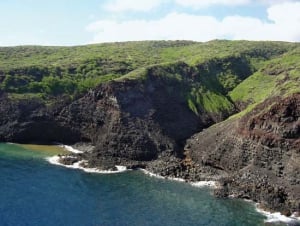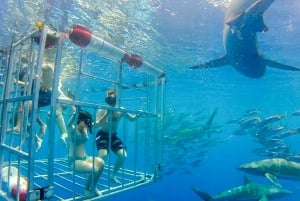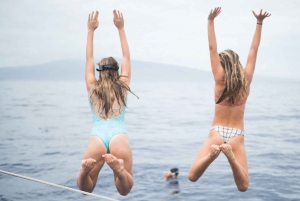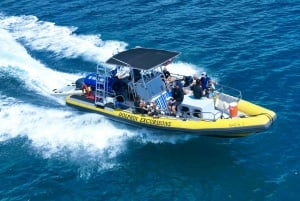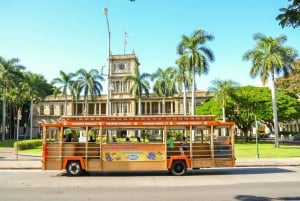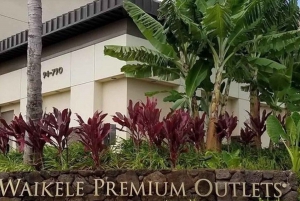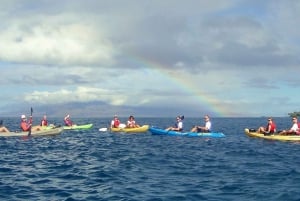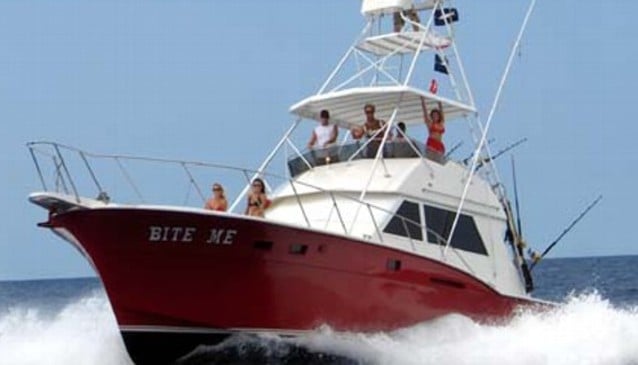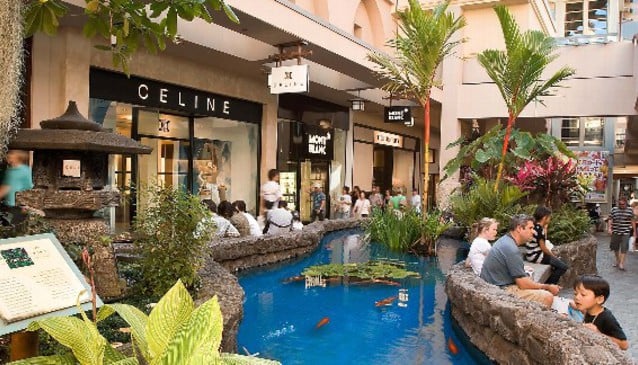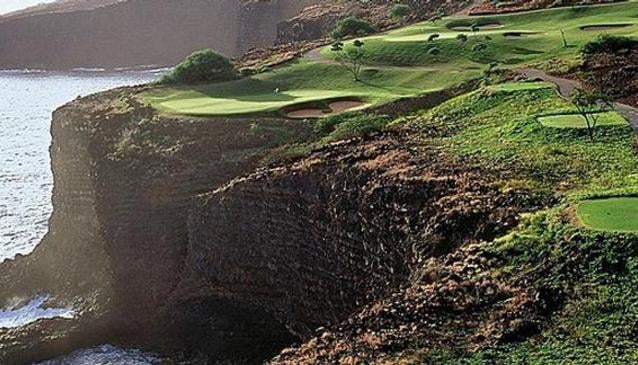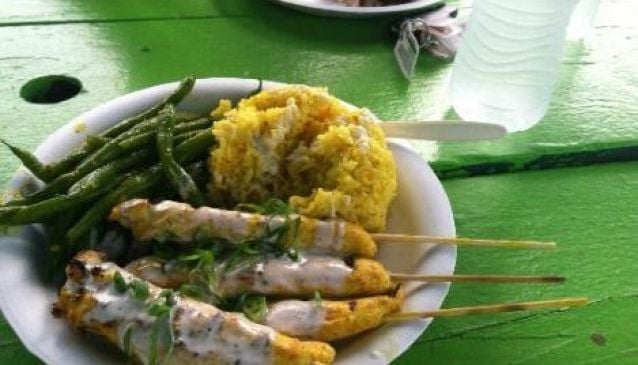Kahoolawe
The island of Kahoolawe is sacred to the Hawaiian people and yet unheard of by most non-natives. It is the smallest of the Hawaiian islands and positioned just of the southeast coast of Maui.
Kahoolawe is fairly arid and receives little rainfall as Maui pulls the moisture from the Trade Winds before they arrive at Kahoolawe. This island has no tourism infrastructure, no permanent inhabitants, and can only be accessed with permission from the State of Hawaii or the Kahoolawe Island Reserve Commission (KIRK).
Early inhabitants are estimated to have settled Kahoolawe around 400 A.D. In the late 1700's Capt Vancouver offered goats as a gift to the Island Chief. Later the Chief used Kahoolawe as a place to send the banished. By the mid 1800's the island was used for ranching of goats, cattle, and sheep. This majorly impacted the island as unrestricted grazing allowed for massive soil erosion and the threat of extinction for many native plant species.
Following the attack on Pearl Harbor in 1941, Kahoolawe was used extensively as a US bombing target. The US Government commandeered the island and commenced widespread underwater torpedo launches toward the shoreline and aerial bomb drops throughout the land. Even today there remains a danger of exposed military refuse despite President Eisenhower's orders to return the island in a condition of "suitable habitation."
Kahoolawe was not released from military use until 1993 via a vote by congress "to end military use and return the island to the State of Hawaii." Ten years following the congressional act, a ceremony was held to actually transfer control to the State. The interim time was used to remove unexploded armaments, however ten percent of the island is still unsafe to access.
Currently the Kahoolawe Island Reserve Commission is in the process of restoring the island using native Hawaiian plant species to slow soil erosion and return the island to its natural splendor.



